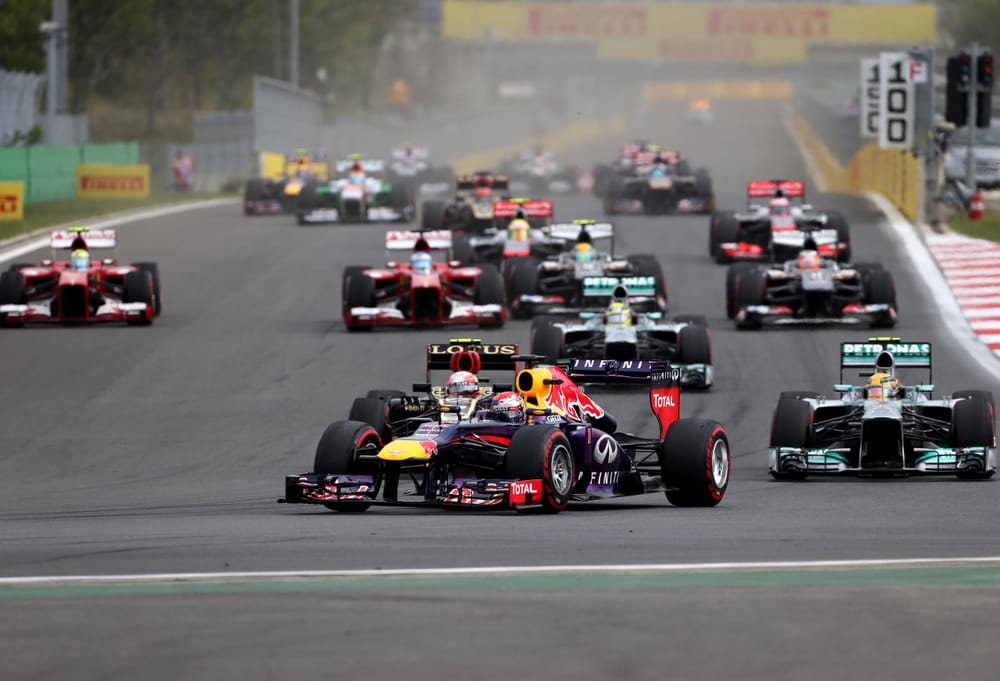Formula 1’s engine manufacturers were caught by surprise on Friday afternoon at Monza when FIA president Mohammed Ben Sulayem notified them he had cancelled a planned summit meeting to discuss a potential switch to V8 engines for 2029.
After months of discussions trying to pull together a framework agreement about stepping away from the next generation turbo hybrids towards a V8 engine powered by fully sustainable fuel, there had been grounds in recent weeks to think some form of agreement could be reached.
So much so, in fact that, as exclusively revealed by The Race, Ben Sulayem had called the engine manufacturers together for a meeting in London on September 11 to push on with getting an agreement laid down.
Sure, there were still some differences of opinion among the manufacturers that had to be ironed out – but this was exactly why it made sense to get everyone around the table and thrash it out there.
While the basic 2.4-litre V8 internal combustion engine concept seemed to be well supported, there were varying views about many specific details.
One was whether there should be a turbo element. Another was that although all carmakers agreed that some form of battery hybrid element was essential, just how big a contribution it made to the overall power was a source of division.
Some were happy with 10%, some wanted it as high as 30% - and some did not care that much about the number.
What seemed to be the most contentious point of all, however, was the timing.
The question of when

Ben Sulayem wanted the new engine to be in place for 2029 – as he felt this would be early enough to ensure that the huge costs he is concerned about with the new generation of turbo hybrids coming from 2026 would only have to be endured for three seasons.
For alongside the simpler engine was the idea of reducing the powerunit cost cap by 30% per season. And ultimately the expense for the manufacturers is dictated by the budget cap limit – not what the technology is.
However, this timeline was not supported by the majority of carmakers.
While Red Bull and Cadillac were said to be in favour of this date, the other manufacturers were not. Mercedes and Ferrari were understood to be of the opinion that 2030 would be much more of a realistic proposition for introduction.
And then there were Honda and Audi, neither of whom are particularly interested in making any move to change the current plan which is to stick with the new turbo hybrids until the end of 2030.
F1’s Powerunit Governance Agreement is clear that any “fundamental” change - like an all-new engine - before 2031 requires a 'super-majority' of manufacturers.
Sources have indicated that for such a tweak to get across the line four manufacturers must support it.
Depending on which year a decision is for, the four supporters need to be out of either the five that are entered from 2026 (Ferrari, Mercedes, Red Bull, Honda, and Audi) or the six from 2029 when Cadillac is also set to join.
With Audi and Honda wholeheartedly against change, and Mercedes and Ferrari not wanting it before 2030, there was no chance of getting a deal across the line for 2029.
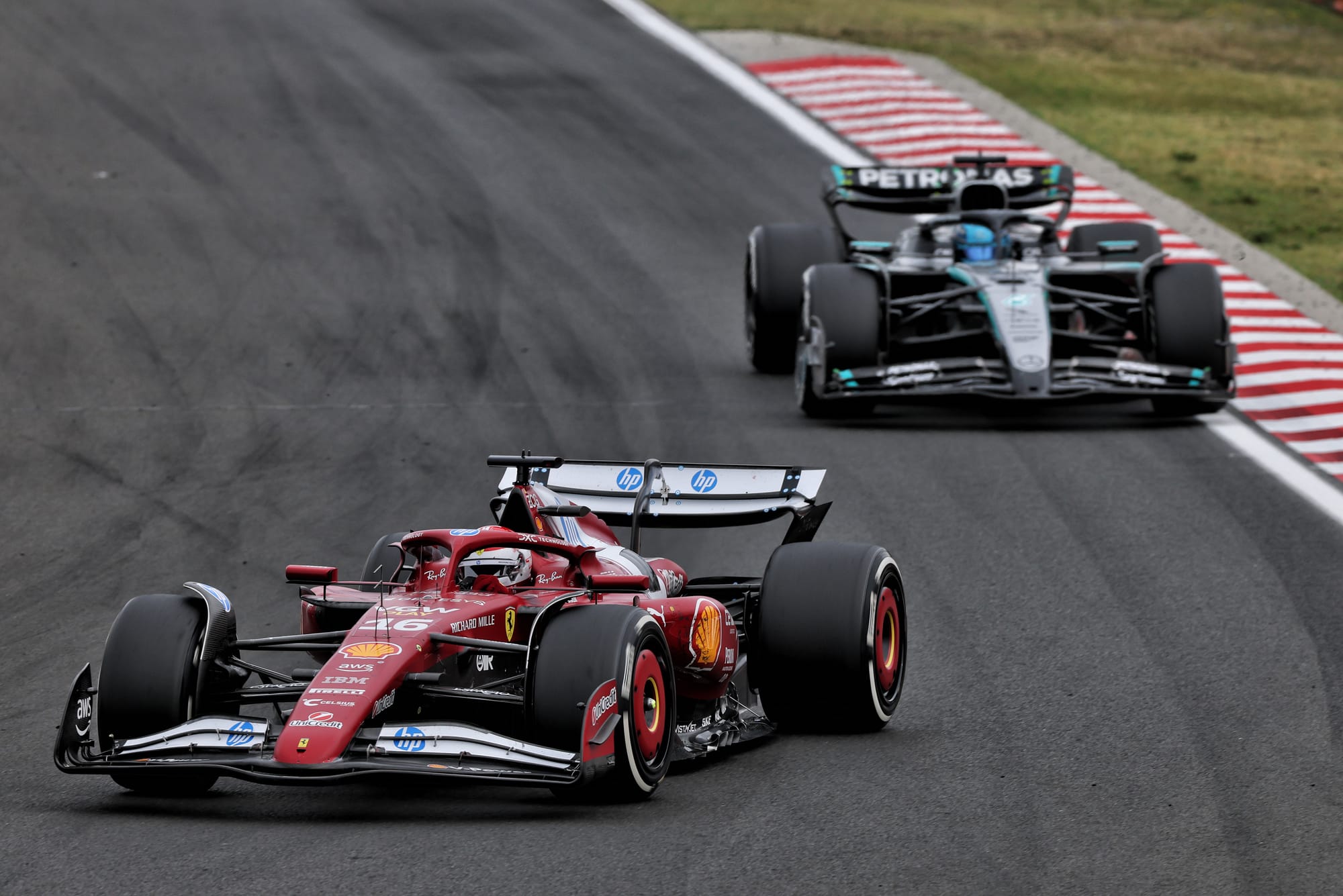
However, 2030 seemed not impossible. Support from Ferrari, Mercedes, Red Bull and Cadillac on that timeline could, in theory, have been enough to push on with it if they could agree on a package. Plus there was also a chance of maybe convincing one of either Honda or Audi to change their views.
But despite there being grounds for trying to use the London summit to help move towards a 2030 compromise, Ben Sulayem called the whole thing off.
From his perspective, with it clear that there was not going to be support for a change in 2029, then there was no point going ahead with the London talks at all.
However, in a surprise twist in the note that was sent to teams, he indicated that with 2029 off the table, the focus was not switching to getting things sorted for 2030. Instead, it was now all about framing the right rules for 2031.
This would mean seeing out the full five years of the new turbo hybrid rules formula as had been originally laid out.
A heart or head decision?

The stance of 2029 or bust prompted a fair deal of intrigue among the manufacturers about what had triggered the response.
Was this a case of Ben Sulayem’s frustration boiling over at there being no interest in the manufacturers saving themselves from huge costs? After all, as he said earlier this year about the idea of a simpler and cheaper V8 engine: “They have to accept, because it's common sense.”
Or was there a more logical rationale at play when it came to the call?
High level sources have indicated that the trigger for it being 2029 or 2031 was not a fit of pique but instead a sense of pragmatism about the situation manufacturers are facing.
While a change for 2029 would mean two years of the new turbo hybrids' costs could be saved, changing formula for 2030 seemed to be too much of an effort to rush into considering there would only be a single season to benefit from.
One source told The Race: "Would it really have been worth it for just a single year?"
With it hoped that the new engine technology (and especially batteries) will have matured a lot by the end of 2029 – so a lot more financial efficiencies will be entrenched in the system – the motivation to push for a single-season rules revamp in 2030 did not seem like it would deliver huge benefits when something more proper could be put in place for the 2031.
There was also a growing realisation too in responses that Ben Sulayem had received from manufacturers that the financial situation facing them had changed a lot since the engine summit that took place in Bahrain back in April.
"The world has changed," is the message that several gave him.
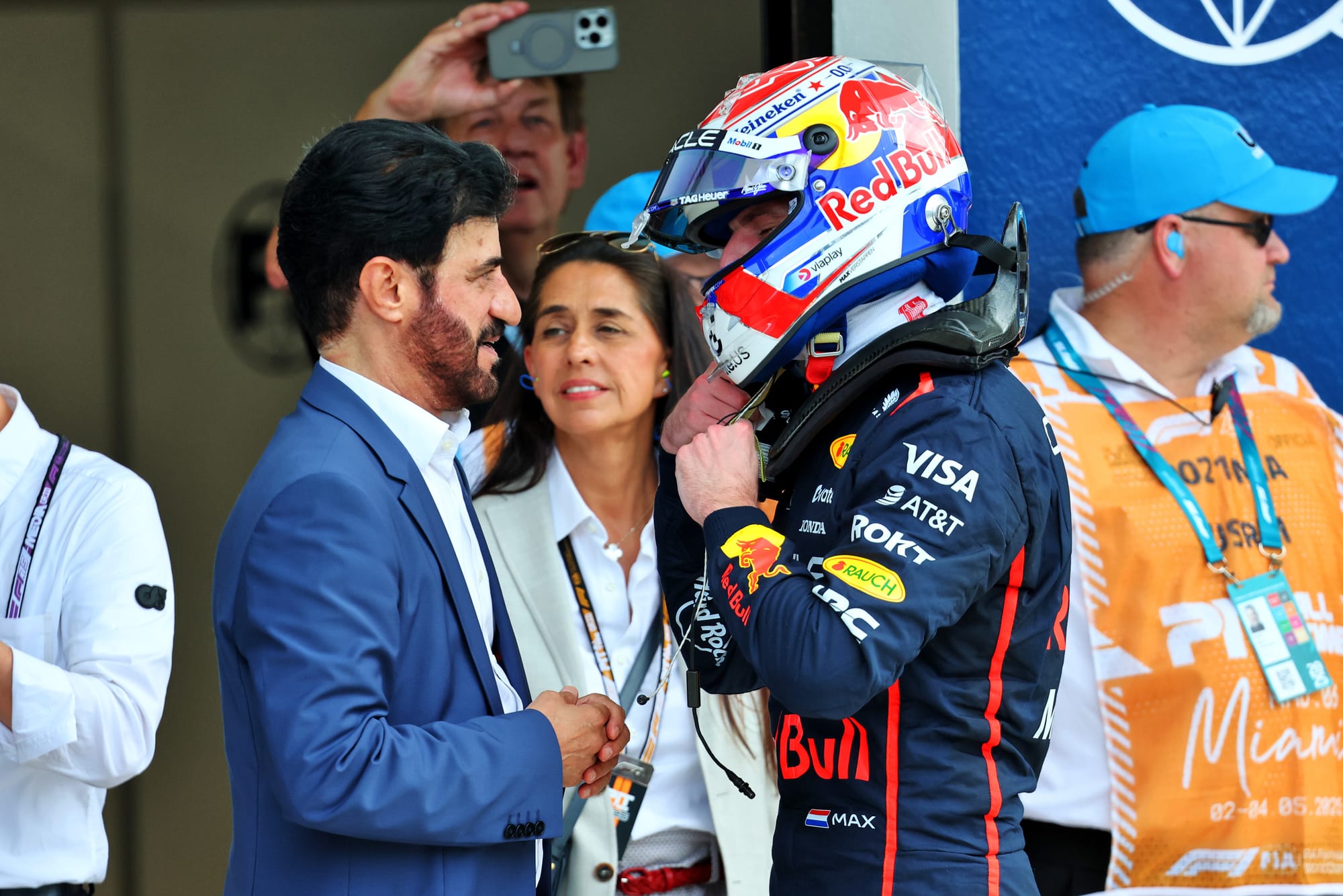
A combination of the impact of US President Donald Trump’s tariffs, governments flip-flopping on electric car legislation, and a slowdown in the Chinese economy have weighed heavy on manufacturer balance sheets.
And that has meant there is no desire among those involved in F1 to start funding dual investment projects for a turbo hybrid as well as a V8.
As Mercedes boss Toto Wolff said when asked by The Race about the situation: “Most of the OEMs [car manufacturers] say ‘we don't want to run a dual cost programme earlier because it would effectively mean we need to develop a new engine in two years’. We didn't want that too.”
Taking the right time
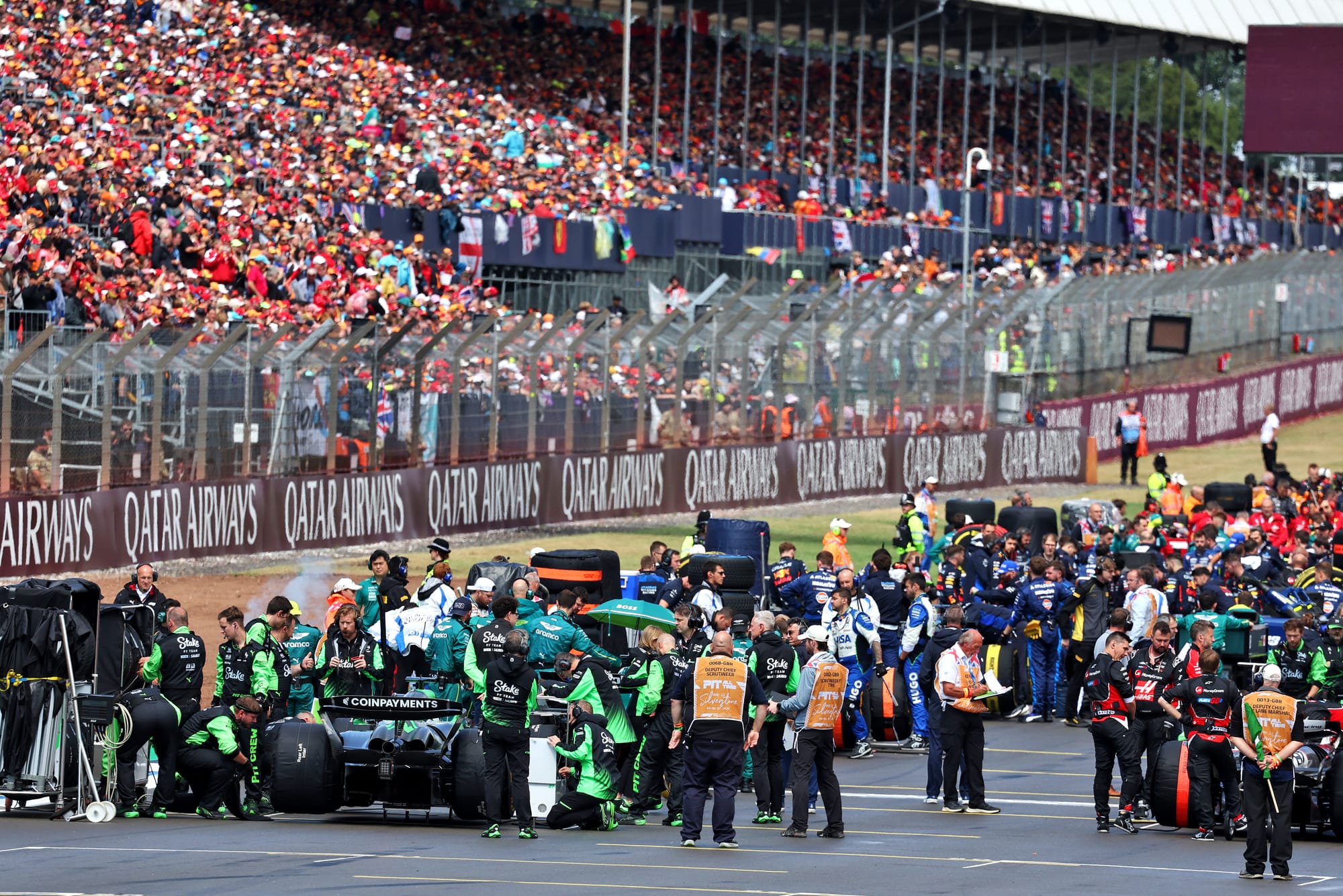
One of the other concerns that had been expressed by some manufacturers was a sense that F1 was running before it could walk in rushing towards the V8 switch.
Senior figures felt that too many big decisions were being made too quickly when a future engine roadmap was something that many believed needed proper consideration over time.
Ending the 2029 change push now at least gives a bit more time to put a proper process in place that will allow manufacturers to better consider the implications of both their wider financial situation and what suits them best from an F1 perspective.
It also means that F1 can avoid one of the big mistakes that appears to have been made for 2026.
The concern about next year’s rules, which triggered the alternative engine talk in the first place, is that F1 has ended up in an uncertain situation because it created a set of engine rules that were not perfect – and it has had to compromise the chassis regulations to try to make up for it.
There are ongoing doubts about the impact of energy harvesting and energy deployment on the racing – with the full-on moveable aerodynamics planned for the cars ultimately a sticking plaster to the lack of engine power.
So from some of the car makers’ perspective, rushing a decision on a V8 engine/hybrid platform as the first point of call for a new rules era was not ideal.
Much better in their mind to have discussions on a more holistic approach on what type of F1 cars should have.
Topics include what their weight should be, what the dimensions should be, what the power-to-weight ratio should be, and what type of racing F1 wants. Plus there are issues that are important to some manufacturers, like customer costs, so they are not forced to heavily subsidise the grid.
The answers to all these elements can only come from rigorous and detailed talks with the right stakeholders over many months.
It was never going to come out of a few hours’ chat in a London meeting.
The next steps for the V8
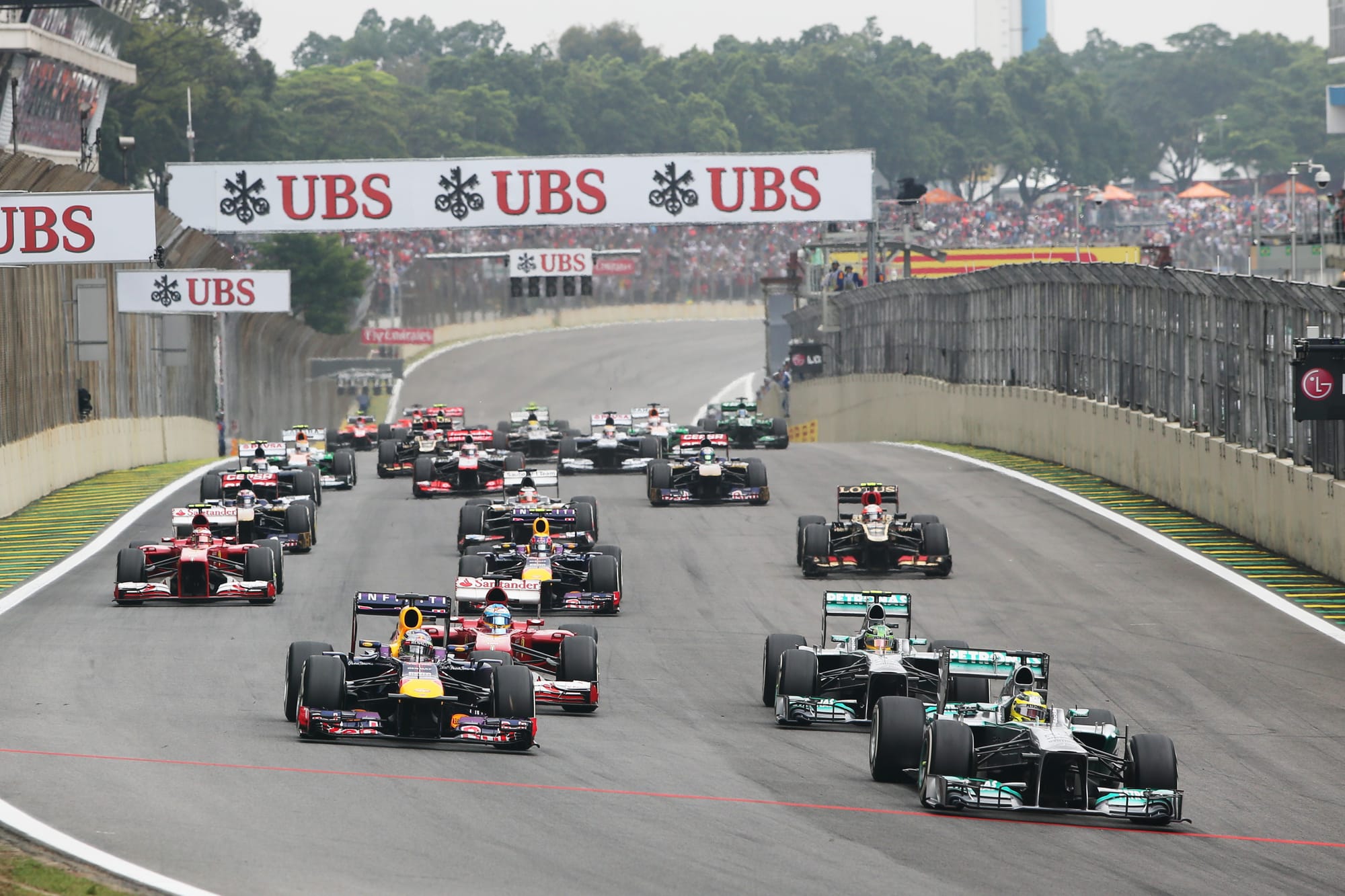
While the idea of a V8 switch for 2029 is totally off the table, the situation after then is not crystal clear.
The current plan is to continue work on framing the right steps for 2031. Further meetings and consultation between the FIA, FOM and the manufacturers will take place over the next months to ensure this process keeps moving forward.
Although the FIA could in theory write its own rules from scratch for 2031, as there is no framework governance agreements in place after 2030, doing so would risk taking F1 down a path that manufacturers may not like.
It makes much more sense for a deal to be agreed and committed to with all parties – so everyone embraces it.
The outline V8 idea, of it being a hybrid run on fully sustainable fuel, remains a route that the majority will accept.
But 2030 may not necessarily be totally off the table. Much will depend on how the 2026 rules play out at the start of the season.
If they are not the big disaster that some fear, then the prospect of doing anything to change before the start of 2031 will almost certainly fall away.
But if there is trouble, and the rules prove to be too negative from a racing, cost or technology perspective, then 2030 could well come back onto the table if manufacturers agree that something needs to be done.
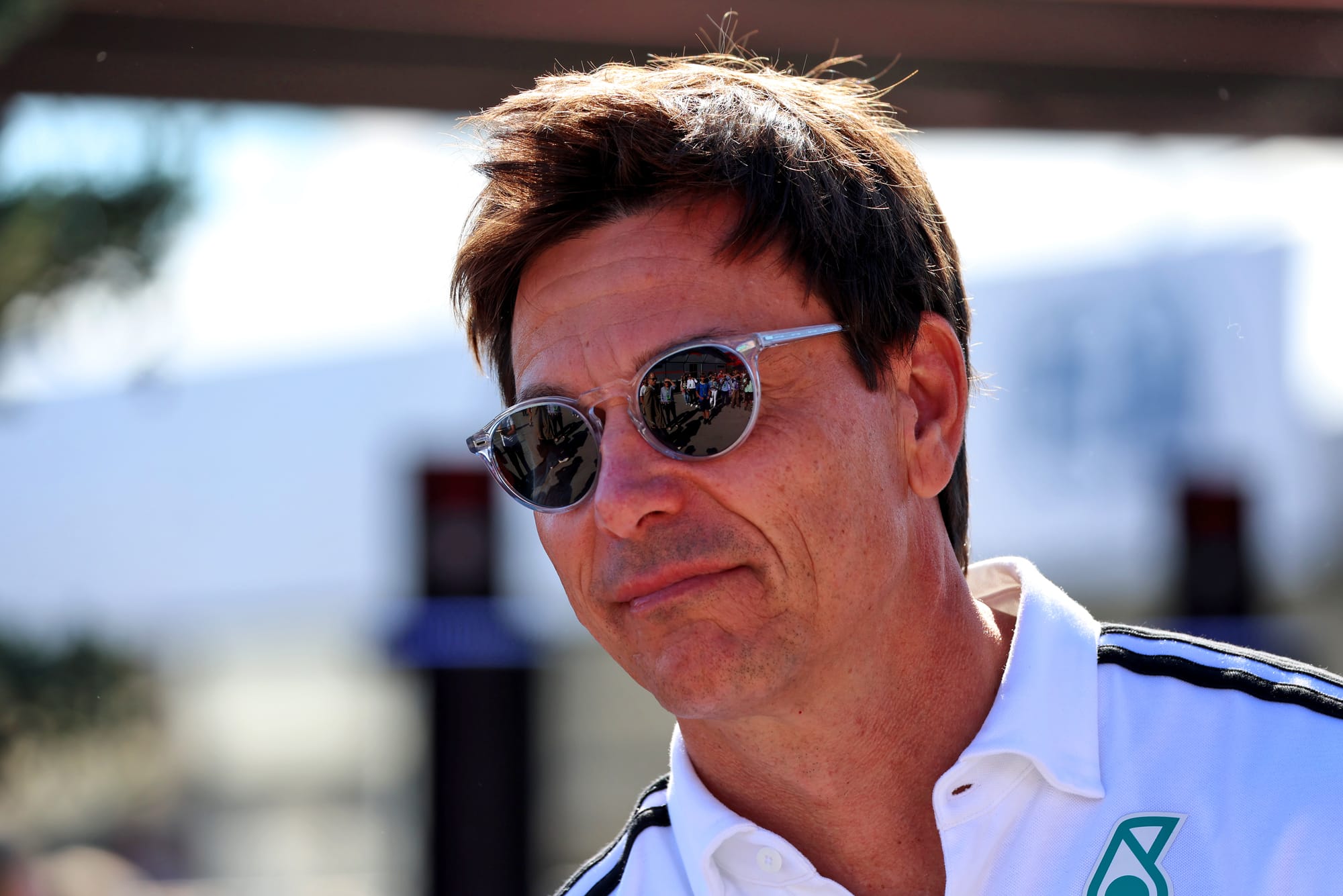
Speaking about the situation at the Italian Grand Prix, Wolff felt that the broad direction for F1’s future was now set. It is just that more time is needed to finalise the elements and come up with the final package.
“The V8, at the end, was the best consensus,” he said. “Having naturally aspirated [engines] revving, with an energy recovery system that is still a performance differentiator, with sustainable fuel - all of that is pretty aligned.
“Now it's about dialogue with Mohammed Ben Sulayem and with [F1 CEO] Stefano [Domenicali]. What are their expectations? And then getting all the OEMs, all the engine manufacturers on the table and say ‘what are we doing now’?
“But there's an alignment of interest, I would say. It's really good conversations that we're having now, very balanced and rational.”
F1’s V8 past still then looks like it is its future - it just will not be as soon as some may have originally liked.


